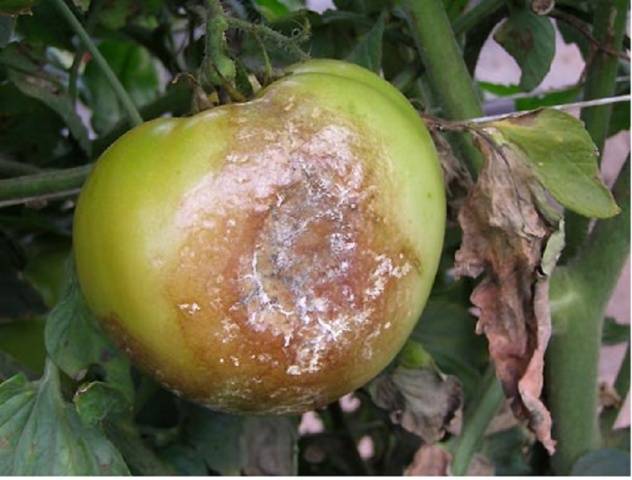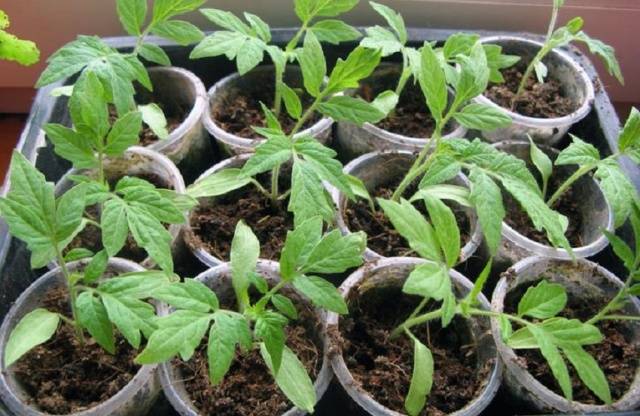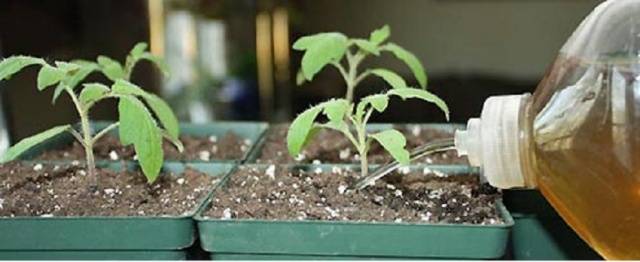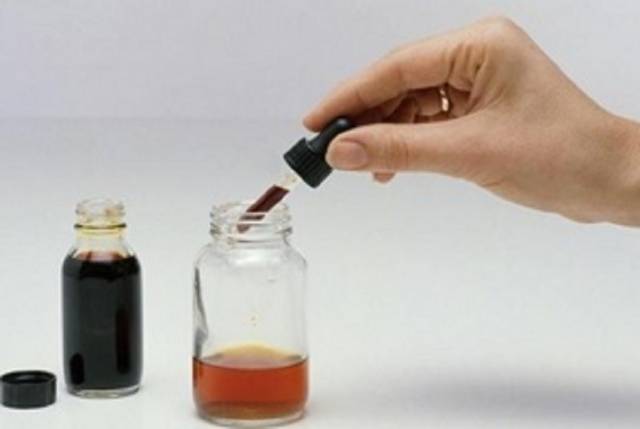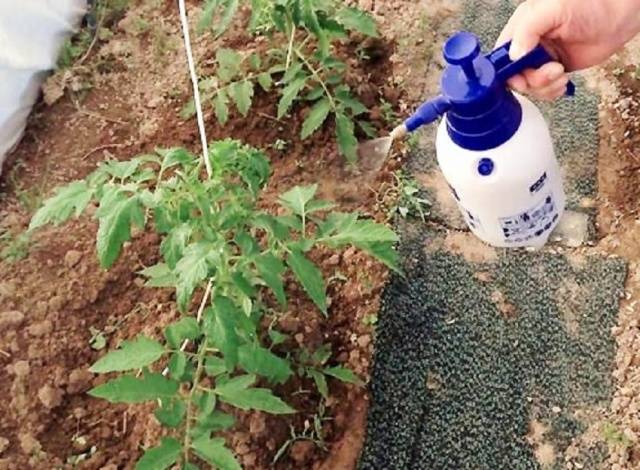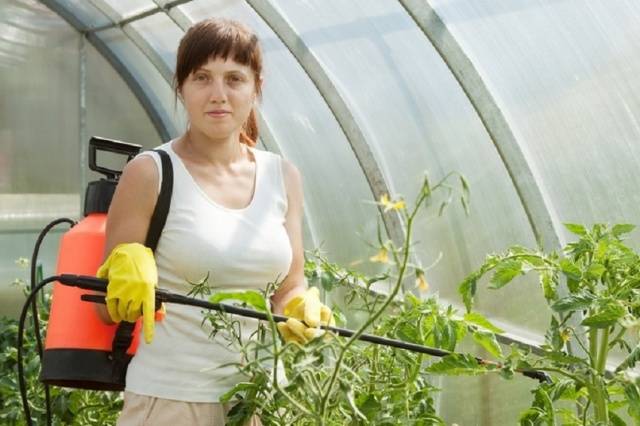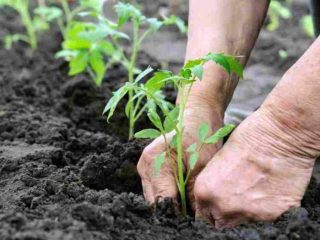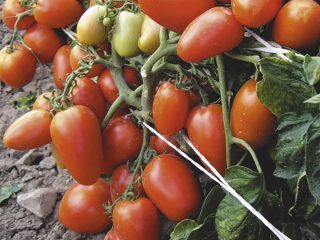Everyone who grows tomatoes on their site knows about the benefits of dressing. Strong vegetables can withstand diseases and parasites. In order not to use many chemicals, they are replaced with softer natural ingredients. Experienced gardeners find folk recipes very useful when caring for tomatoes. One of these proven ways is to feed a tomato. iodine... He, like any element, is very useful. But the dose of its use must still be sustained. Otherwise, over-feeding the tomato with iodine will lead to an overdose. It is important to remember that in small doses, iodine is harmless to humans and plants. Its effect on plants has many positive aspects.
Usually, the amount of the element contained in the soil is enough for garden crops. Therefore, it is impossible to find special preparations with its content. Why, then, summer residents actively use iodine to feed tomatoes? This culture needs additional nutrition and is very responsive to feeding. Iodine solutions improve the growth of seedlings and help save plantings from a formidable enemy - phytophthora.
Usually iodine is used for tomatoes as fertilizer. It is noticed that its beneficial effect on plants is very extensive:
- improves nitrogen metabolism in plants;
- seedlings watered with a solution grow stronger and healthier;
- a large number of ovaries;
- adult plants produce larger and tastier fruits;
- the risk of disease with mosaic and root rot is reduced;
- the harvest ripens ahead of time.
Feed tomatoes with a medicine you need competently. The need of plants for this element is very small. You need to know the signs of how iodine deficiency manifests itself in tomatoes. And if such are not noticed, then the feeding must be strictly dosed and the time interval must be observed between them. It turns out that it is able to replace nitrogen components. Gardeners successfully replace saltpeter with iodine solutions. You can feed the tomatoes with a solution of a medical product according to the schedule, but sometimes plants need such an additive. When is it necessary to feed tomatoes with iodine? How can a gardener determine that a plant is deficient in an element?
The main sign will be external manifestations:
- Decreased yield. For example, you planted a proven tomato variety in its usual conditions. When you notice a decrease in the number of ovaries or the size of the fruits, then iodine feeding for tomatoes is necessary.
- Delay in the onset of the fruiting phase in an adult plant. If during this period they are not fed, the yield will be low, and the fruits will be small.
- Weak immunity of tomato seedlings. If the seedlings grow poorly, get sick, are affected by diseases, iodine is needed.
- When tomatoes are affected by mosaics, root rot, brown spot or late blight, spraying with an iodine solution is used.
- The appearance of characteristic signs of iodine deficiency in tomatoes - thin stems, pale and sluggish leaves - also signals the need for feeding.
Tomatoes are known to absorb compounds iodine from the surrounding atmosphere. But how much element is needed for the good development of the bush? Tomatoes do not have the most obvious characteristic sign of iodine deficiency, so you need to carefully monitor the plants from the first days of life. This will help you notice in time that it is time to feed the tomatoes with iodine. It is best to carry out pre-sowing processing of tomatoes.
How to feed tomatoes with iodine
There are two ways to effectively feed a tomato - root and foliar. The effectiveness of feeding increases with the alternation of these methods.Experienced gardeners feed tomatoes at a specific stage of development.
Root dressing
Root application is very good when the root system is strong and provides good nutrients to the plant. Works best for seedlings.
The first feeding with iodine is carried out when the second pair of leaves appears on the seedlings. The leaf area is still very small to absorb the beneficial components, so it is better to introduce them through the root system.
A nutrient solution for feeding a tomato is prepared in a ratio of 1 drop of the drug to 3 liters of warm water.
Pre-watered the soil around the stems, and then moisten the soil with a solution. Even a one-time feeding of a tomato with iodine gives a tangible result. If you spill adult tomatoes again during the fruiting period, they will thank you with a good harvest of large fruits.
The second time the plants are fertilized in the phase of tying the brushes. In this case, 3 drops of iodine in a bucket of clean water will be enough.
For tall plants, one liter of solution is needed for each bush, 0.7 liters is enough for undersized plants.
It is advisable to carry out the third root dressing of a tomato during the fruiting period.
This time, simultaneously with iodine, the tomato is fed with boric acid. Heat five liters of water to a hot state and dissolve 3 liters of wood ash (sifted) in it. Cover the container and leave the ash for one hour. Then dilute to a volume of 10 liters with warm water and add 10 ml of medical iodine and 10 g of pharmaceutical boric acid. Stir and insist for a day. To fertilize tomatoes, one liter of this infusion is diluted in 10 liters of warm water and the bushes are watered at the root. Fertilizing tomatoes with boric acid with iodine, it will well strengthen the resistance of plants at the time of fruiting.
Foliar dressing
The foliar method is alternated with root dressing of the tomato. For ten square meters of area, 1.5 liters of the composition are consumed. The spray solution is prepared with milk... Prepare it from 250 ml milk (non-greasy), 5 drops of medical iodine and 1 liter of water.
Spray tomatoes in the morning or evening, when there is no bright sun. Use a hand sprayer or sprayer with a fine mist spray nozzle.
And do not get too carried away with feeding the tomato with iodine and boric acid. An excess of elements will lead to deformation of the fruits and brushes of the plant.
A very interesting method of dealing with late blight tomato in a greenhouse. Gardeners hang open jars of iodine all over the area. This disinfects the room well, however, you cannot stay in the greenhouse for a long time. Iodine is a volatile element, and its overdose is dangerous to humans.
Another proven fertilizer for tomatoes is whey. You just need to take whey when souring milk, and not from making cottage cheese. Whey diluted in water (1:10) is sprayed on tomatoes very often, which is tiresome for some gardeners. You can reduce the number of sprays to one per week.
Testimonials
Thus, it should be noted that timely feeding of tomatoes with iodine can significantly improve the yield and taste of fruits, and reduce the incidence of plant diseases.
Reviews of gardeners using iodine feeding are very optimistic:

